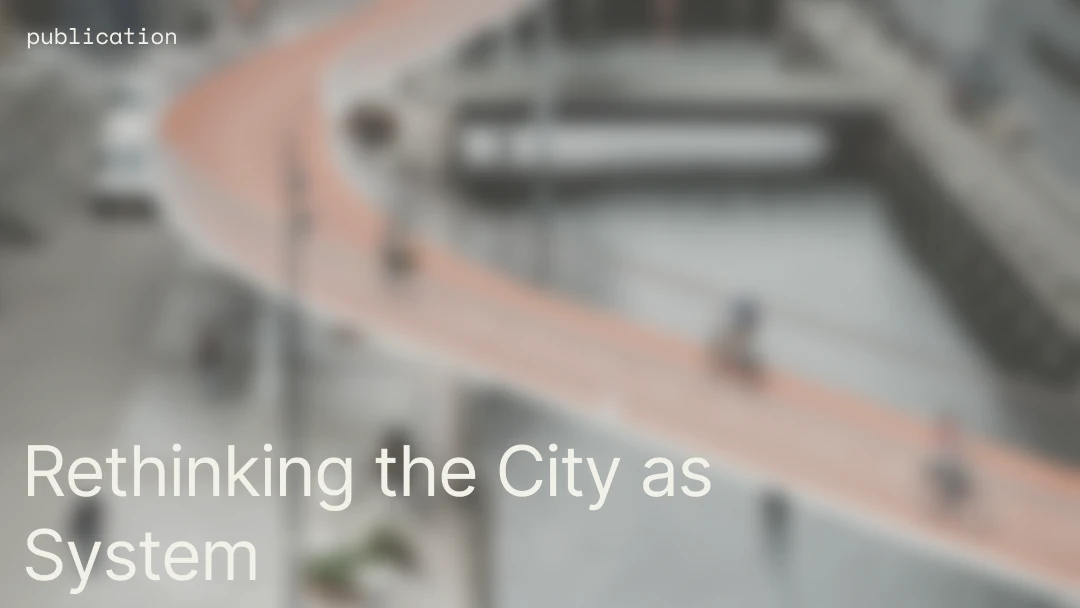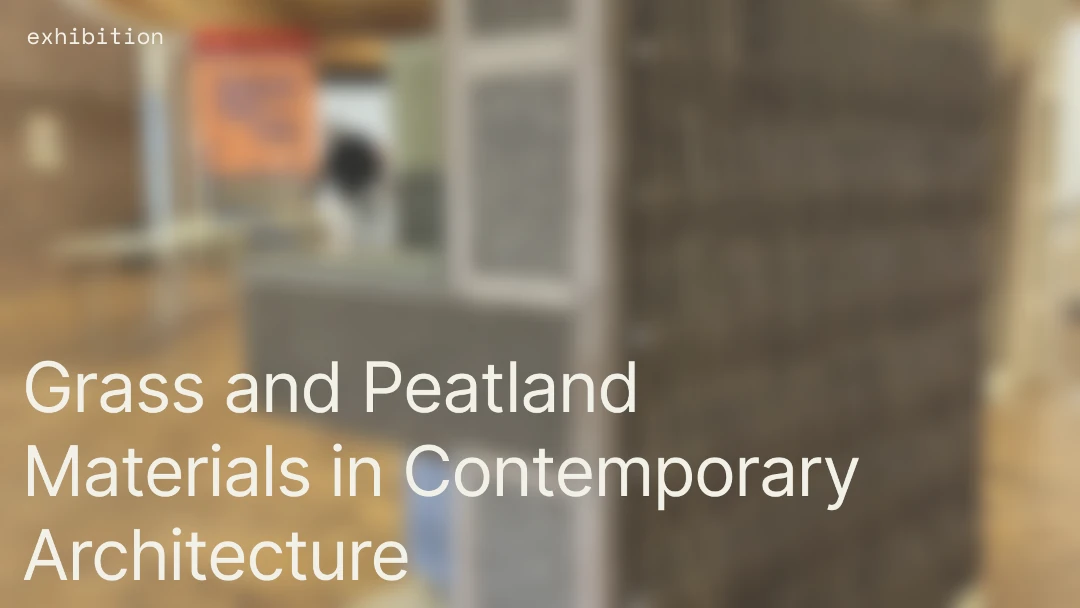
The built environment, as it stands, is one of the most polluting industries in the world, responsible for nearly 40% of global carbon emissions. If we would just build the new houses required (around 13 thousand a day, per UN data) using today’s procedures, the consequences for the environment would be catastrophic. So how can we reconcile the need for new buildings and the one for zero carbon emissions? There are two main approaches to this complex problem: we either build less or build with better materials. These two approaches are not mutually exclusive and are both part of a movement that has steadily been gaining traction in the past decade: the “degrowth”, or “post growth”, movement.
If we want to have a chance to mitigate the climate crisis, reducing the environmental impact of our buildings is an indispensable step. However, transforming the built environment into a more sustainable industry is far from straightforward. The complications lie within two main contrasting needs that ought to be reconciled: the need for new buildings and the one for zero carbon emissions. According to the UN, the world population is expected to grow by almost 2 billion in the next 30 years and surpass 10 billion around 2080. This increase in population will almost certainly coincide with a rise in demand for housing.
In short, degrowth proponents urge society to hit the brakes. But it’s not a call to halt progress, rather a challenge to rethink what progress truly means. Do we really need to build new buildings while so many constructed spaces around cities are misused or abandoned? Is it necessary to constantly expand city boundaries outwards? Degrowthers propose optimising the spaces we already have, reviving old buildings instead of bulldozing them, and putting communities at the heart of all developmental plans.
“All the household energy conservation activities made in Finland and Denmark have led to no reductions in CO2 (Galvin, 2014). Much of this is due to the fact that we continuously build new buildings and have increased the m2 per person. In other words, if we don't start distributing the m2 of the current buildings better, enabling us to build less while serving an increase in population, the 'built environment' industry won't live up to the Paris Agreement,” says Marcus Feldthus, co-founder of the Post Growth Guide.
The term degrowth is often misunderstood and perhaps doesn’t fully capture the full scope of the movement. Degrowthers, or post-growth proponents, don’t simply advocate for all industry sectors and cities to simultaneously stop their growth. Instead, they propose a model in which different sectors grow at different rates. In terms of buildings and communities, big cities could halt or slow down construction to give more room to smaller ones to grow. Industry-wise, we could cap the production of steel, cement, and plastic derivatives in favor of more environmentally beneficial alternatives. The degrowth perspective sees value in an alternating motion of growth, with polluting and over-saturated industries “degrowing” to leave space for more sustainable ones that need to grow instead.
Looking at the UN data, it is clear that in the coming years, the built environment will have to expand its housing stock. Doing that without using low-carbon alternatives to traditional construction materials would be completely unsustainable for the environment. This means that sooner rather than later the industry will have to move to using alternative, lower-impact materials such as reclaimed, recycled, or bio-based ones such as timber, straw, or hemp.
This pressing issues also highlights an often forgotten aspect of the built environment’s journey toward sustainability: overdevelopment. Without utilising the existing building stock’s full potential, no amount of low-carbon materials will have a big enough impact on global emissions. Measures such as retrofitting are fundamental to make sure that the built environment's negative contribution to the environment is as minimal as possible. Moreover, in the building material market, a decline in the consumption of polluting building materials is crucial for lower-impact ones to have the chance to thrive.
Of course, changing the course of the industry is not a walk in the park. The very fabric of our capitalist economies, which equates growth with success, challenges the degrowth narrative. However, the industry’s successful transition to a more conscious path lies in collaboration. Governments, architects, communities, and activists all have unique roles in shaping this combined vision. As we stand at this crossroads, it’s crucial to see post growth or degrowth not as a radical ideology going against the grain, but as a necessary consideration for our collective future. And while shifting away from the overdevelopment of cities will certainly take a long and concerted effort, even small steps can go a long way to set a better course. Keeping the environmental footprint of new buildings at a minimum, while maximising and repurposing the existing building stock are necessary changes that the we need to start making today.




























